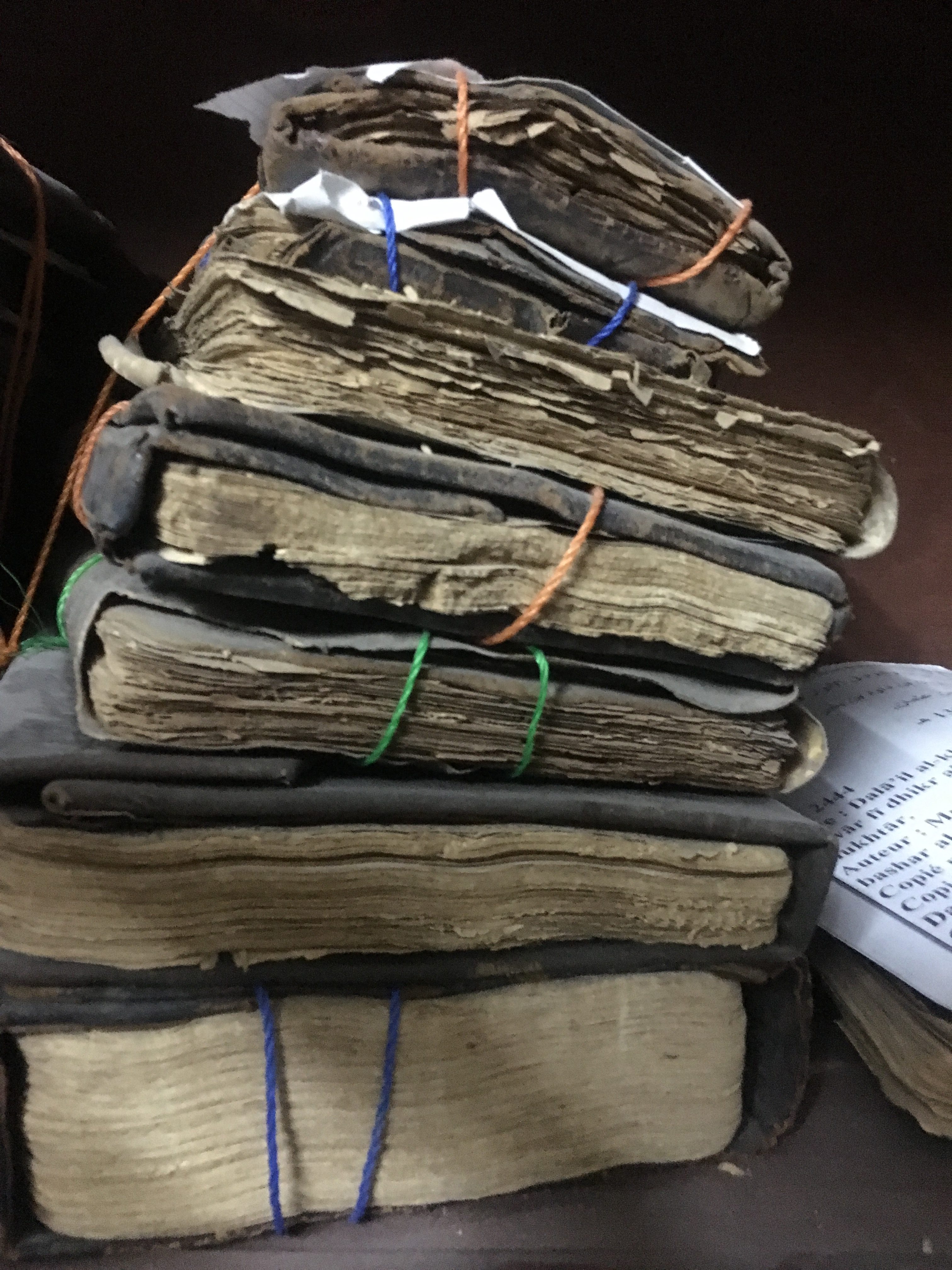

Great empires such as Ghana, Mali, and Songhai were proofs of the talents, creativity and ingenuity of the African people. The manuscripts of Timbuktu are a living testimony of the highly advanced and refined civilization in Africa during the Middle Ages.īefore the European Renaissance, Timbuktu flourished as the greatest academic and commercial center in Africa. The translation and publication of the manuscripts of Timbuktu will restore self-respect, pride, honor and dignity to the people of Africa and those descended from Africa it will also obliterate the stereo-typical images of Tarzan and primitive savages as true representation of Africa and its civilization. These manuscripts represent a turning point in the history of Africa and its people. There are 700,000 manuscripts in Timbuktu and surroundings.

Many other manuscripts can be found in other locations in West Africa.

However, the manuscripts that remain in Timbuktu are only part of the intellectual heritage of West Africa. The Timbuktu manuscripts are a symbolic representation of the impact and influence of the early schools and universities ( XII-XVIth century) that existed in West Africa ( Timbuktu-Gao-Djenné-Kano). 11 that drove fighters from the rebelalliance occupying Mali’s north back back into the desert and mountains near the Algeria border.įrench troops have taken control of the airport in the northern Malian town of Kidal, the last rebel stronghold in the north.Discovery of Timbuktu Manuscripts puts an end to Western "Songs and Dance Theory" of African People. Timbuktu was liberated by French and Malian forces as part of a rapid French-led military offensive launched on Jan. The Ahmed Baba Institute, a Malian state library, is named after a Timbuktu-born contemporary of William Shakespeare and housed more than 20,000 ancient scholarly manuscripts. Some experts compare them in importance to the Dead Sea Scrolls.

Some of the mansuscripts that constitute Timbuktu’s “treasure of learning” date back to the 13th century.īrittle, written in ornate calligraphy, and ranging from scholarly treatises to old commercial invoices, the documents represent a compendium of human knowledge on everything from law, sciences and medicine to history and politics. The Malian source, asking not to be named, said the manuscripts had been concealed “a little bit everywhere.” “They had shipped them out and distributed them around,” Jeppie said. “I can say that the vast majority of the collections appear from our reports not to have been destroyed, damaged or harmed in any way,” Cape Town University’s Professor Shamil Jeppie, an expert on the Saharan city’s manuscripts, told Reuters.Ī Malian source also directly involved with the conservation of the Timbuktu manuscripts told Reuters 95 percent of the total documents were “safe and sound.” The two sources said that soon after Tuareg rebel fighters swept into Timbuktu on April 1 in a rebellion later hijacked by radicals, curators and collectors of the manuscripts had hidden the texts away for safety. The news, based on information from persons directly involved with the conservation of the historic texts, came as a relief to the world’s cultural community which had been dismayed by varying media reports of widespread destruction of the priceless manuscripts.Īfter French and Malian troops on Sunday retook Timbuktu, a UNESCO World Heritage site and ancient seat of Islamic learning, from insurgent occupiers, the city’s mayor reported the fleeing rebels had set fire to a major manuscript library.īut experts said that while up to 2,000 manuscripts may have been lost at the South African-funded Ahmed Baba Institute ransacked by the rebels, the bulk of the around 300,000 texts existing in Timbuktu and its surrounding region were believed to be safe. DAKAR: The vast majority of Timbuktu’s ancient manuscripts in state and private collections appear to be unharmed after the Malian Saharan city’s 10-month occupation by rebel fighters, who burned some of the scripts, experts said yesterday.


 0 kommentar(er)
0 kommentar(er)
